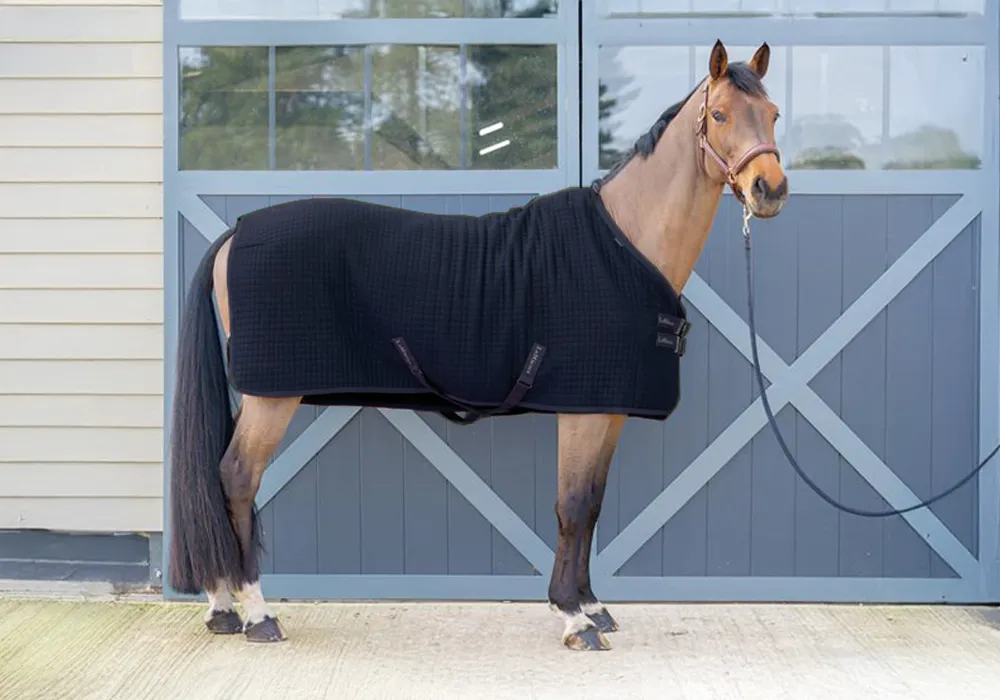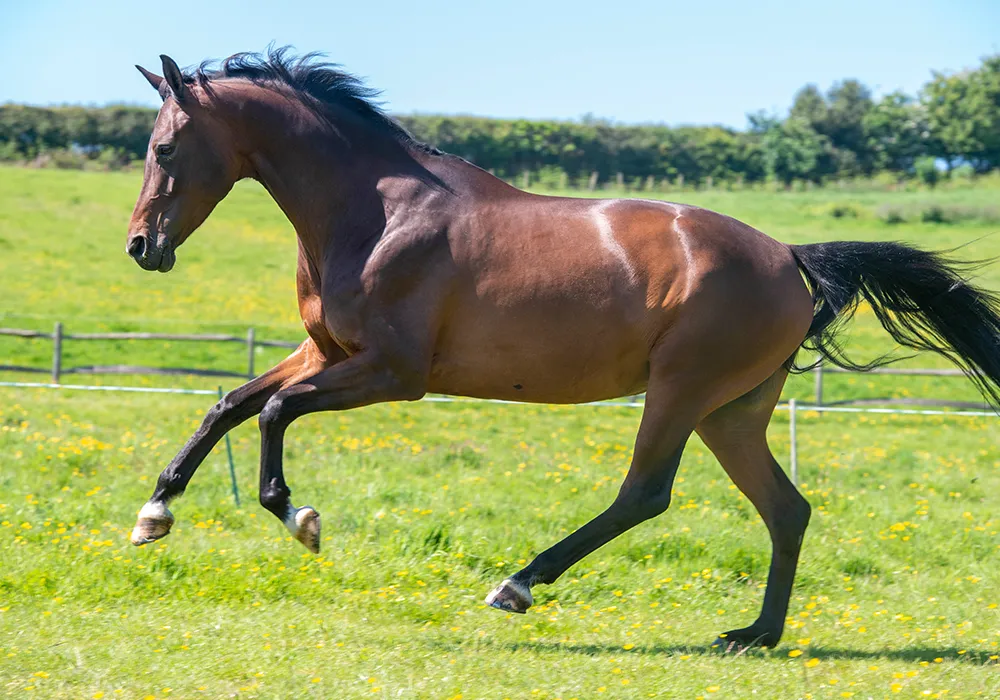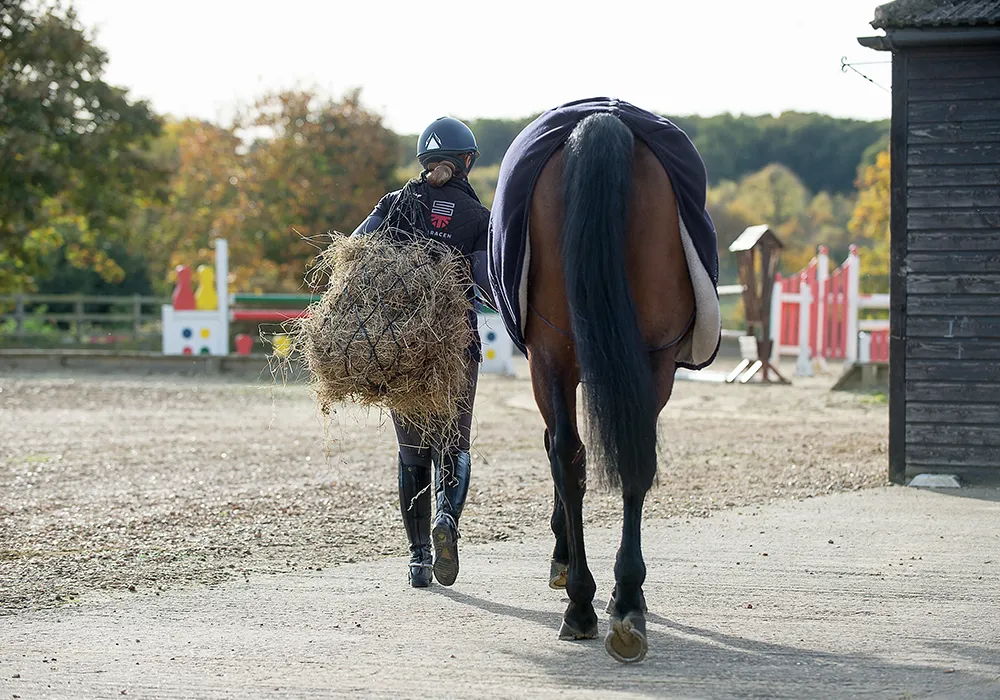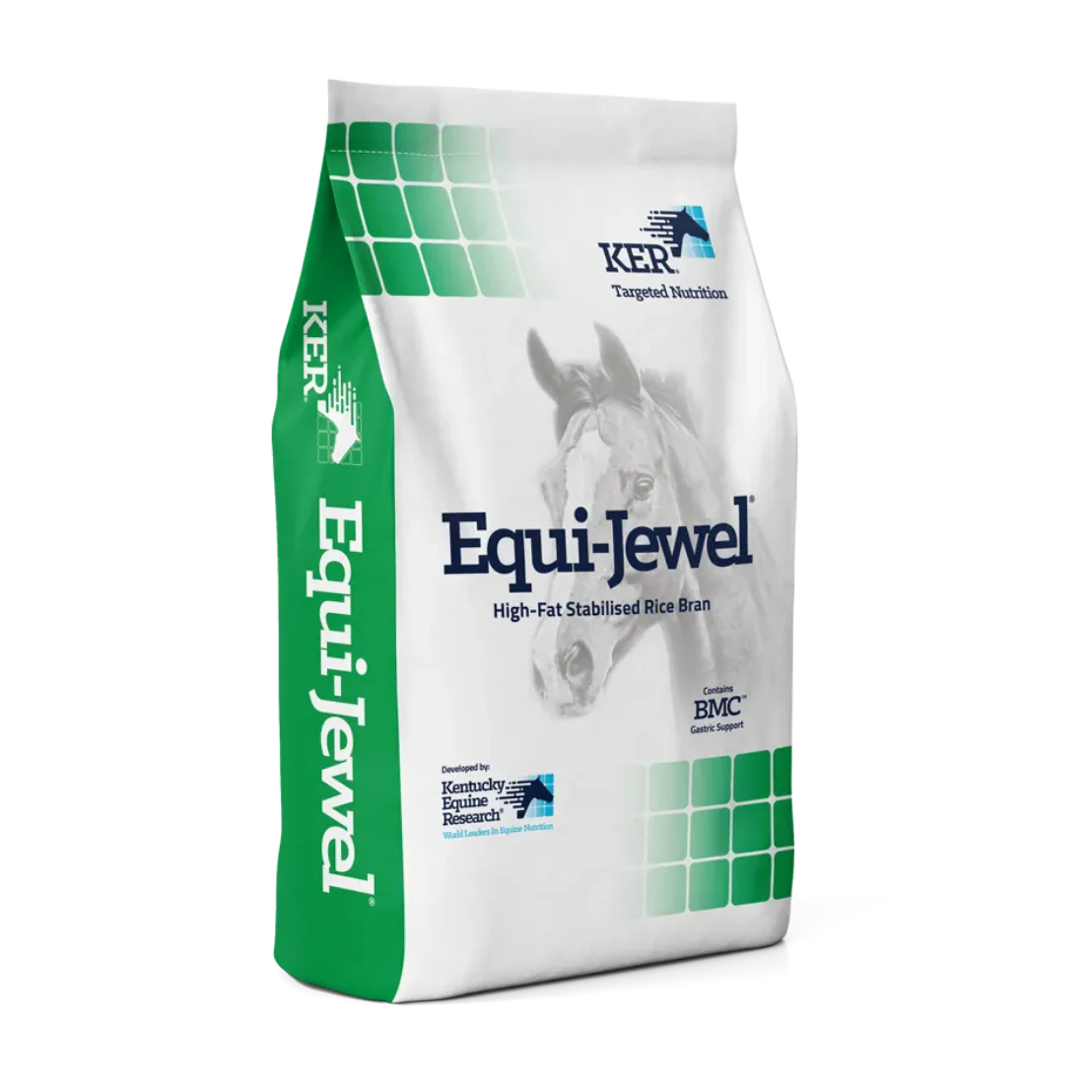Signs of Dehydration in Horses and How to Prevent it

We all know that a lack of water in hot weather can lead to dehydration in horses, but do you know how to spot the signs before they become serious? And more importantly, how to make sure it doesn’t happen, especially during a heat wave?
When temperatures climb above 33°C, horses need 4-5 times more water than usual to stay properly hydrated. On average, a horse drinks 30–50 litres per day, but in warmer weather this can rise to 120–250 litres.
So, how do you spot the signs early, and what’s the best way to support a horse who is dehydrated? Let’s break down the facts.
How Can I Tell if My Horse is Dehydrated?
Dehydration in horses can set in faster than you might expect during hot weather. One of the first things to look for is the opposite to what you might expect – a reduced thirst response.
Offering plain water sometimes isn’t enough on its own, as it can dilute the body fluids your horse needs for hydration, so pairing it with electrolytes alongside feed is a better way to support a dehydrated horse.
Other ways to tell include:
Checking the Mucous Membranes
Look at your horse’s gums – they should be pink and slimy to the touch. If they appear red, tacky, or dry, this can indicate dehydration in horses.
Test Capillary Refill Time
Press a finger onto the gums until the area turns white, then release. The colour should return within 2 seconds. Slower than that? Your horse may be showing early signs of dehydration.
Use the Skin Pinch Test
Pinch the skin on the neck near the shoulder and let it go. If it snaps back within 2 seconds, your horse is well hydrated. 2–4 seconds points to moderate dehydration, and longer than 4 seconds signals severe dehydration. This method works best alongside other checks.
Watch for Warning Signs
Keep an eye out for changes in behaviour or output that can indicate dehydration:
- Increased sweating
- Less frequent urination or dark urine
- Poor performance or low energy
Monitoring these simple indicators helps you catch dehydration in horses early and act before it affects health or performance.
Why Horse Sweat Matters for Hydration
During hard work or hot weather, a horse can lose up to 12 litres of sweat per hour – that’s around 4% of their total body water.
How much they sweat depends on factors like fitness, workload, temperature, and how well they’re acclimatised to the heat. On average, horses lose about a third more sweat than humans doing the same exercise.
What Makes Horse Sweat Different?
Unlike humans, equine sweat is hypertonic. This means it contains a higher concentration of electrolytes than blood, so horses lose vital salts every time they sweat. The main electrolytes lost are sodium, chloride, and potassium, with smaller amounts of calcium and magnesium also being depleted.
This is why offering just water isn’t always enough – replacing those lost electrolytes is essential for proper recovery and maintaining hydration.
What Are Electrolytes and Why Do Horses Need Them?
Electrolytes are minerals that carry an electrical charge when dissolved in water. For horses, they’re vital for keeping the fluid balance right in the body, and they also play a big role in the nervous system, muscle function, and digestion.
Why Electrolytes Matter
When electrolyte levels drop too low, the body struggles to hold onto water around the cells. This can quickly lead to dehydration in horses, which affects more than just thirst.
Signs can include:
- Muscle weakness or cramps
- Poor coordination
- Fatigue and longer recovery times
- A noticeable drop in performance
Without the right balance of electrolytes, a horse simply can’t stay properly hydrated or perform at their best. That’s why replacing electrolytes after sweating is just as important as offering fresh water.
How to Replace Electrolytes in Horses
After a horse sweats, it’s essential to replace both fluids and electrolytes. Giving electrolytes without enough water can actually make dehydration worse, as they pull water from the body’s tissues. On the flip side, offering only plain water after heavy sweating can dilute blood sodium levels. This not only reduces the thirst response but can also cause the kidneys to flush out fluid, leaving the horse still dehydrated.
The most effective way to support rehydration in horses is to provide a balanced electrolyte solution that’s close in concentration to the body’s natural fluids (isotonic). This helps restore hydration properly, supports recovery, and keeps performance horses working at their best.
Choosing the Right Electrolyte Supplement for Horses
One of the best ways to keep your horse properly hydrated in hot weather or during hard work is by feeding an electrolyte supplement. But not all supplements are created equal, so here’s what to look for.
Check the Ingredients First
Always make sure the first ingredients listed on the label are actual electrolytes for horses, not sugar. Many products bulk out with dextrose, sucrose or glucose, but research has shown these don’t improve absorption. In fact, studies have found that electrolytes alone rehydrate horses more effectively than electrolytes mixed with sugar.
Key Electrolytes Your Horse Needs
The most important electrolytes to see on the label are:
- Sodium (Na)
- Chloride (Cl)
- Potassium (K)
- Magnesium (Mg)
Calcium (Ca) is usually lost in much smaller amounts and only becomes a concern during prolonged exercise in very hot conditions.
Slow and Steady Rehydration
Electrolytes are best given gradually, as sudden surges can just be flushed straight back out. Some supplements, like Restore SR, are designed with a slow-release mechanism to keep absorption steady over time.
Can You Pre-Load Electrolytes?
It’s a common myth, but you can’t store electrolytes in the body ahead of time. What you can do is feed a maintenance rate of electrolytes before competition to avoid starting in a deficit.
Daily Maintenance Needs
Even when horses aren’t sweating, they still need salt in the diet. For the average 500kg horse, a simple rule of thumb is to add about 30g of salt to the daily feed, as most forage and fortified feeds don’t provide enough on their own.
Encouraging Your Horse to Drink More Water
One of the challenges with horse hydration is that, unlike us, horses don’t naturally increase their thirst in line with sweat loss. Even with electrolyte supplementation, some horses will refuse to drink if the taste of the water is unfamiliar. A change of water source when travelling or competing can also put them off.
Overcoming Fussy Drinking Habits
If your horse turns their nose up at electrolyte water, the trick is to disguise the taste with something more palatable. A mash such as RE-COVERY MASH®, mixed with plenty of water, is a great way to tempt even the fussiest drinkers. The encapsulated banana flavour not only encourages intake but also helps mask the taste of added electrolytes.
Daily Support for Hydration
For horses that don’t drink enough as a rule, RE-COVERY MASH® can also be fed daily as part of their routine. It’s an easy way to make sure your horse is getting both fluids and essential electrolytes, especially in hot weather or after work.
Hydration and Electrolytes in Horses
Keeping your horse hydrated in hot weather isn’t just about topping up the water bucket. Electrolytes play a vital role in restoring what’s lost through sweat, supporting muscle function, and keeping performance on track. By learning the signs of horse dehydration, knowing how to replace fluids and minerals effectively, and encouraging regular drinking, you can stay one step ahead.
Dehydration in Horses FAQ
How long does it take for a horse to become dehydrated?
It doesn’t take long at all. In hot weather or during hard work, a horse can start showing signs of dehydration within just a few hours if they don’t have access to water and electrolytes. That’s why it’s so important to keep an eye on them regularly, especially in the summer or when traveling.
Can hay or forage affect my horse’s hydration levels?
Yes, forage makes a big difference. Haylage and fresh grass have a much higher water content than hay, so horses on a hay-only diet often need to drink more to stay hydrated. Soaked hay or adding soaked feeds and mashes can also help boost fluid intake.
What’s the best way to rehydrate a horse after exercise?
After sweating, the best approach is to offer an electrolyte solution alongside fresh water. This helps replace both fluids and minerals lost through sweat. A sloppy mash is another good option, as it encourages drinking while topping up energy and nutrients.
Further reading:
- Complete Guide to Forage Analysis
- Choosing the best forage for your horse
- Feeding for Poor-Doers
Need Guidance?
If you would like any further information on feeding your horse or pony please feel free to contact our nutritional team on +44 (0)1622 718 487, email info@saracenhorsefeeds.co.uk or fill out our Feed Advice Form.











